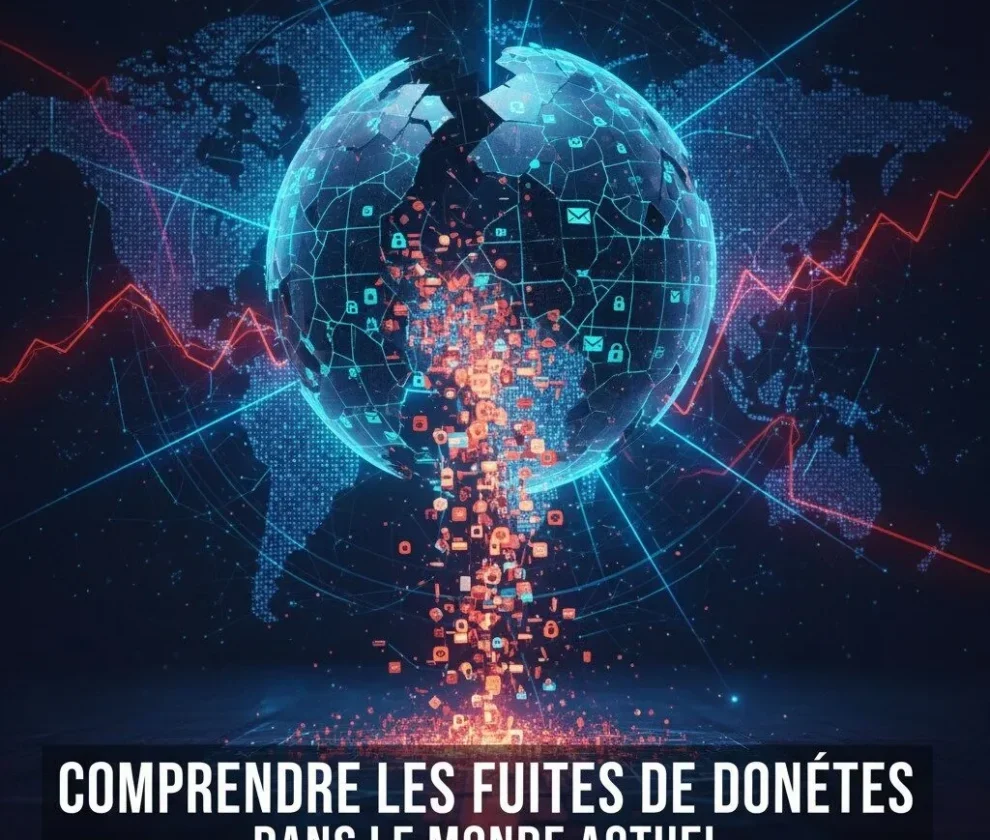In the intricate web of the American judicial system, a groundbreaking technology is making waves—artificial intelligence (AI) used to process and analyze evidence. From rural police departments to urban centers, AI tools like TimePilot, developed by Tranquility AI, are being introduced to redefine how evidence is interpreted. But as this innovation gains traction, it prompts both awe and concern.
Streamlining Investigations in the Digital Age
Modern criminal investigations generate enormous amounts of digital data, extracted from mobile phones, surveillance footage, and other connected devices. Sheriff Max Dorsey from Chester County, South Carolina, highlights this challenge: investigators often face mobile devices loaded with up to a terabyte of data—an insurmountable volume to manually analyze. AI steps in to sort through these massive datasets, isolating relevant information in record time. This allows investigators to focus their energy on investigative work rather than drowning in data processing.
The Promises and Pitfalls of AI
AI tools like TimePilot, along with competitors such as Truleo and Allometric, boast significant advantages, primarily in optimizing law enforcement resources. However, experts caution against blind reliance on these technologies. Issues such as algorithmic bias, contextual omissions, and analytical errors present concerning scenarios. Civil rights attorney Tom Bowman has noted, “When someone’s freedom is on the line, technological shortcuts can be a real hazard.” This underscores the need to weigh AI’s advantages against its potential risks.
The Critical Role of Human Oversight
Technology developers like Tranquility AI emphasize that tools like TimePilot are meant to assist investigators, not replace them. The fear, however, is that overwhelmed police officers and prosecutors may end up placing undue trust in AI recommendations, leading to errors in judgment. Human oversight is essential to contextualize and verify AI findings, ensuring justice is not compromised.
Real-World Deployment of AI
TimePilot is already being trialed in 12 police agencies, particularly in rural areas, and has attracted the interest of larger offices like the Orleans Parish District Attorney’s Office in New Orleans. The tool analyzes extensive datasets, including social media exchanges and body camera footage, claiming to accelerate the pace of complex investigations that traditionally span several weeks. Its application is proving to be a valuable case study in merging technology with traditional investigative practices.
Lack of Transparency: A Growing Concern
One significant drawback of AI in criminal investigations involves its lack of transparency. Jumana Musa, from the National Association of Criminal Defense Lawyers, argues that withholding details about how AI models are trained undermines the rights of defendants. Without a clear understanding of the technological processes, suspects are left unable to challenge evidence derived from these systems, raising ethical and legal questions.
A Strategic Perspective
At My Own Detective, we believe that while these innovations hold transformative potential, they demand strict regulation. To harness their benefits without jeopardizing fundamental rights, comprehensive transparency guidelines and ethical frameworks must be introduced. Striking the right balance between technological advancement and safeguarding justice is critical.
Conclusion
AI undoubtedly holds the promise to enhance the efficiency of criminal investigations. Yet, its widespread adoption must go hand in hand with stringent ethical and legal safeguards. Individual liberties hang in the balance, making it imperative to prioritize regulations that foster transparency and accountability. By doing so, we can ensure that innovation serves justice rather than undermines it.


